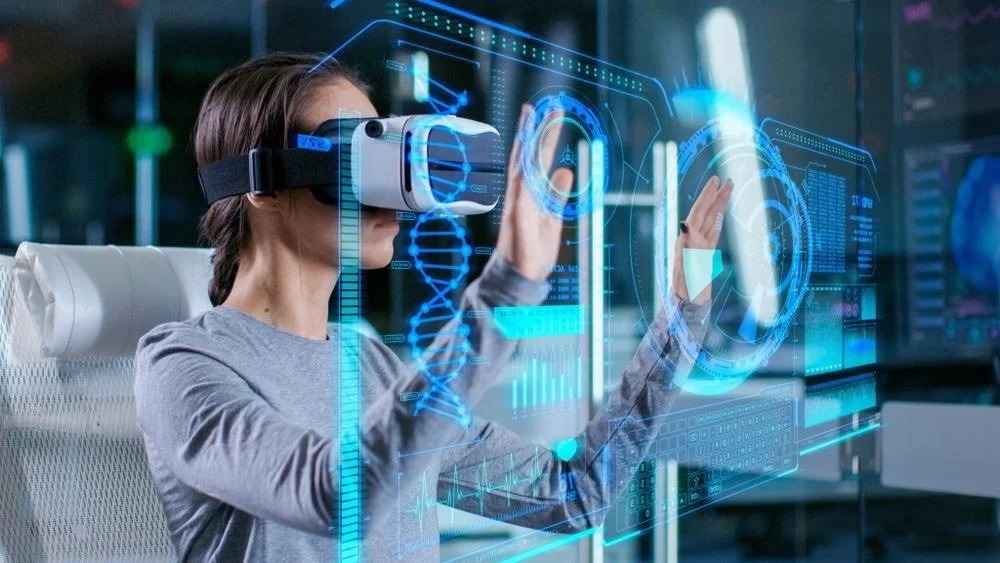Augmented Reality (AR) Blending the Digital and Physical Worlds

Introduction
Augmented Reality (AR) is a cutting-edge technology that enhances the real world with digital information. By superimposing computer-generated images, sounds, or data over the physical world, AR bridges the gap between reality and the virtual world. This article explores the fundamentals of AR, its applications, and its potential to reshape industries from gaming to healthcare.
What is Augmented Reality?
Augmented Reality is an interactive experience where real-world environments are enhanced with digital content. Unlike Virtual Reality (VR), which creates a completely immersive digital environment, AR overlays virtual elements onto the real world. This technology is typically experienced through AR glasses, smartphones, or tablets, which use cameras, sensors, and displays to combine the digital and physical worlds seamlessly.
How Augmented Reality Works
AR relies on several core technologies to function effectively. These include:
- Computer Vision: The ability for devices to recognize and interpret the physical world.
- Depth Tracking: The ability to measure distances between objects to place virtual elements correctly in 3D space.
- Simultaneous Localization and Mapping (SLAM): A process that allows AR systems to map and navigate physical spaces in real-time.
- Display Technologies: Whether through smartphones, AR glasses, or other devices, displays are used to overlay digital images onto the real world.
Key Applications of Augmented Reality
- Retail and Shopping: AR is revolutionizing the retail industry by allowing customers to visualize products before purchasing. For instance, furniture companies like IKEA use AR apps to let users see how furniture would look in their homes. Similarly, beauty brands like L’Oréal offer virtual makeup try-ons using AR.
- Education and Training: AR offers immersive learning experiences by overlaying educational content directly onto physical environments. This can help students better understand complex concepts, such as anatomy or historical events, by interacting with 3D models and visualizations.
- Healthcare: In the medical field, AR is used for enhanced imaging, surgical navigation, and patient education. Surgeons can use AR glasses to overlay vital information, such as CT scans, directly onto the patient’s body during surgery.
- Gaming and Entertainment: Games like Pokémon Go introduced millions to AR technology. AR enhances the gaming experience by integrating virtual characters and objects into the real world, creating immersive and interactive environments.
- Navigation and Travel: AR can enhance navigation by superimposing directions onto the user’s view of the real world. Apps like Google Maps use AR to display turn-by-turn directions in real-time, making it easier for users to navigate unfamiliar areas.
The Future of Augmented Reality
The future of AR is bright, with significant advancements in hardware and software. As AR glasses become more lightweight and affordable, the potential for seamless integration into everyday life grows. Furthermore, with the rise of 5G networks, AR applications will experience faster speeds and more reliable connections, enhancing real-time experiences.
Conclusion
Augmented Reality is poised to transform various industries by bridging the gap between the physical and digital worlds. As the technology matures, its applications will continue to grow, offering new ways for consumers and businesses to interact with the world around them.







